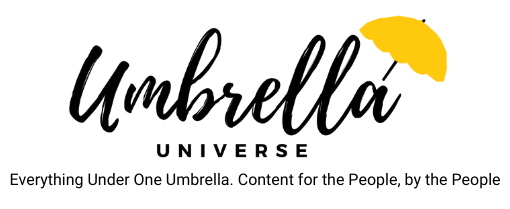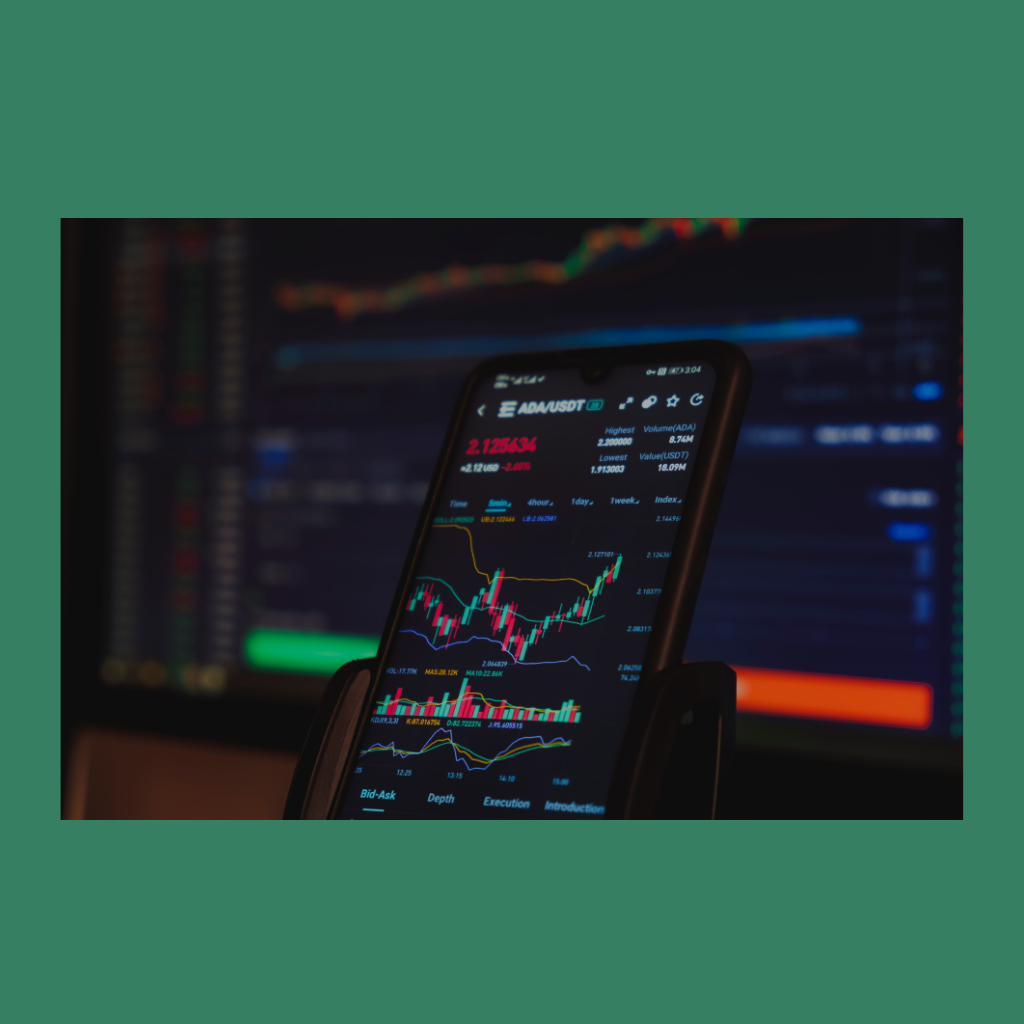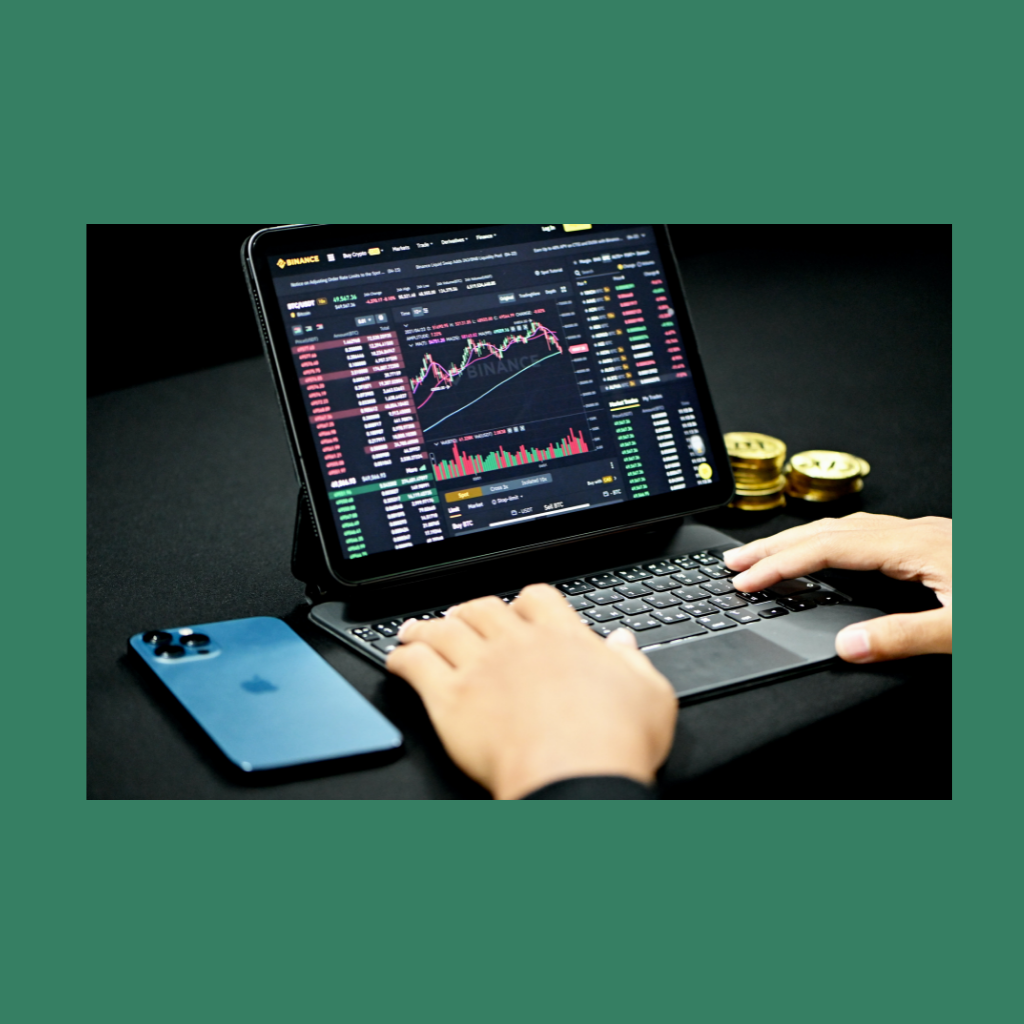Cryptocurrencies – Non-Fungible Token (NFT), Blockchain, Bitcoin, Dogecoin, Ethereum … – ever felt lost amongst all these terms… I am sure a lot of us wonder, what all these terms actually mean! How are they going to affect our financial future? I will be writing a series of articles, based on my personal experience, related to Cryptocurrencies.
We will first start with the basics: what are Cryptocurrencies and how did they come about?
Happy reading!
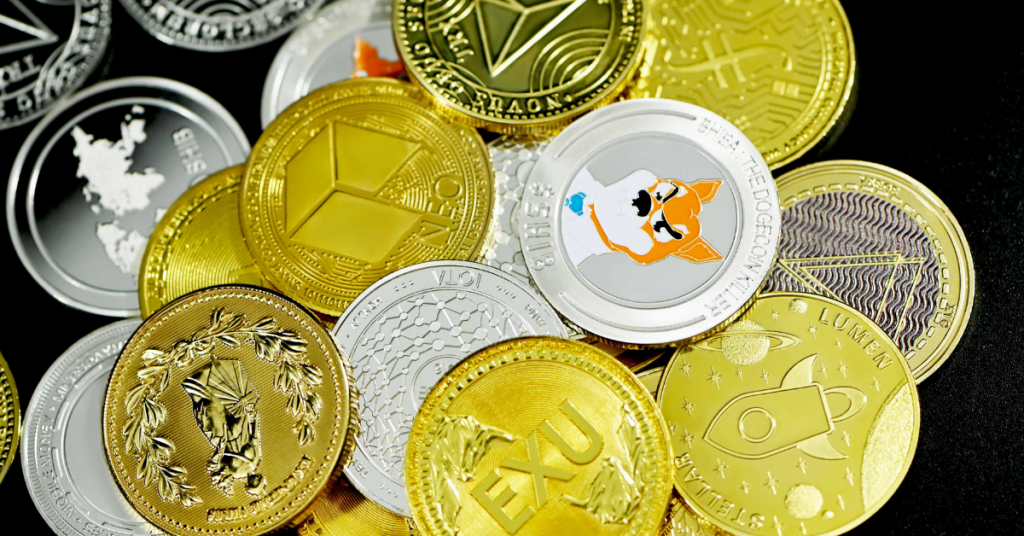
Paper, well now plastic, money has value because the government says it has value. When you look at a bank note, it says “The Bank of Canada” (actually depending on which country’s currency you look at, it says, “THE BANK OF COUNTRY PROMISE TO PAY THE BEARER ON DEMAND THE SUM OF $”. Basically, a bank note is a receipt saying you own an amount of money, which can be traded for products and services.
With the advance of technology and online trading/shopping, we use credit cards, debit cards and gift cards more and more. As we buy or sell goods, entries are being made in the buyer’s bank account (balance reduced) and an equal an opposite entry in the seller’s account (balance increased).
The way we value things is shifting through the increased use of technology globally. Let’s talk about some of the terms used within the electronic currency world.
Non-Fungible Token (NFT) – it is a unique token which is not replaceable. These tokens are used to transfer certain assets from sellers to buyers.
Now what is Cryptocurrency – it is a completely virtual transfer of digital assets. There is one big ledger that keeps a record of all the transactions taking place. And there are multiple copies of this ledger available to everyone in the network. No more ledger at Bank A, at Bank B, at Bank C and so on.
What is Cryptocurrency mining – this requires computers with specialised software designed to solve complex math equations. The computer hardware is specialized and requires a reliable internet connection at all times.
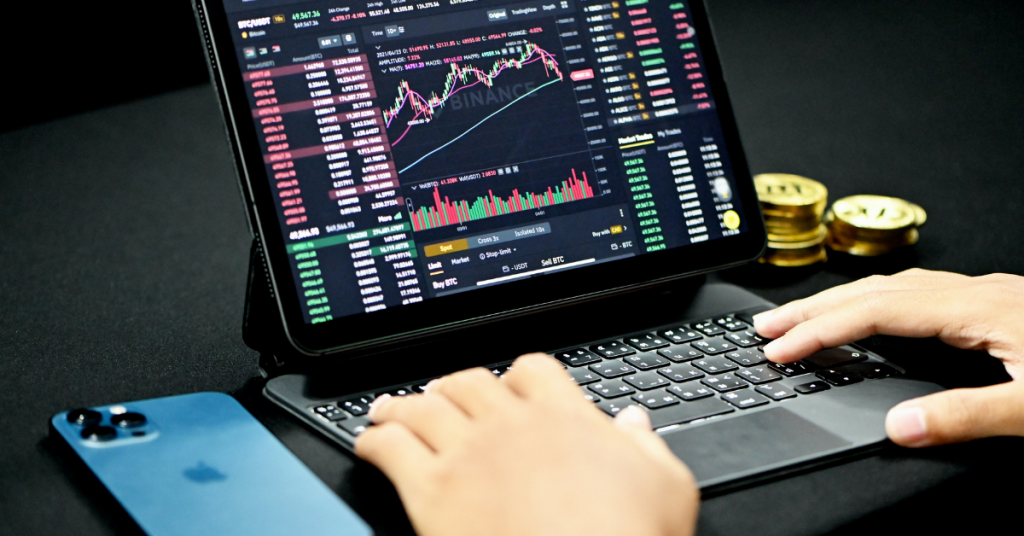
There are two parts to the mining process.
- Creation of new crypto coins using the complex cryptographic algorithms.
- Updating the digital ledger every time there is a transaction. The verified miners update the transactions in the global ledger to keep track of the transactions. There are many checks and balances to validate transactions in the global ledgers to prevent hacking and fraud.
The main difference with traditional money is that banks are not needed anymore. The ledgers are stored on computers all over the world. No spending limits (only limited by the amount of cryptocurrency you own), no foreign exchange rates and no interest rates to worry about. All you need is an internet connection.
Cryptocurrencies are secured by cryptography and Blockchain is one such methodology. It is a secured ledger – every time a transaction happens, it is recorded in a “block” showing how much currency is moving from whom to whom, assigns it a unique identifier and tracks the previous transaction identifier as well. Those identifiers make up the block. This block is stored across large number of computers around the world and hence make it hard to hack as all the blocks on all the ledgers will have to be “hacked” to gain access to the ledgers and change them.
There are many different types of Cryptocurrencies. We will be talking about them in our next article.
Disclaimer: Inovva Media Inc., Umbrella Universe and I do not provide any financial advice. This article is for general information only. For any financial advice please check with your financial advisers.
Featured image: Photo by Sajad Nori on Unsplash
